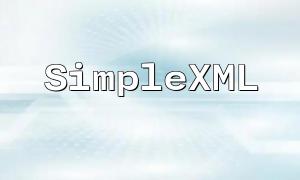In web development, managing files and directories is a common task. PHP, as a popular development language, offers a wide range of file and directory handling functions, making the workflow much easier for developers.
Using PHP's file_put_contents
The above code will create a file named test.txt in the current directory and write "Hello World!" into it.
To delete a file, PHP’s unlink function is very useful. Here’s an example of how to delete a file:
$file = 'test.txt'; unlink($file);
This code will delete the file test.txt in the current directory.
PHP's file_put_contents function can also be used to append or overwrite content in an existing file. Here’s an example:
$file = 'test.txt'; $content = 'Hello World Again!'; file_put_contents($file, $content);
This code will write "Hello World Again!" into the already existing test.txt file.
To create a new directory in PHP, you can use the mkdir function. Here’s an example:
$dir = 'test'; mkdir($dir);
This code will create a new directory named test in the current directory.
To delete a directory, PHP’s rmdir function can be used. Here’s an example:
$dir = 'test'; rmdir($dir);
This code will delete the directory test in the current directory.
PHP’s scandir function allows you to retrieve a list of files and subdirectories within a specified directory. Here’s an example:
$dir = 'test';
$files = scandir($dir);
foreach ($files as $file) {
echo $file . "<br>";
}
This code will traverse the test directory and print out the list of files and subdirectories it contains.
PHP provides a rich set of functions for file and directory handling, allowing developers to easily perform file creation, deletion, writing, and directory management. By mastering these functions, developers can handle file and directory operations more efficiently in web development.









